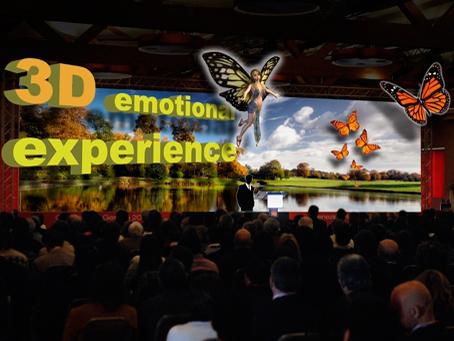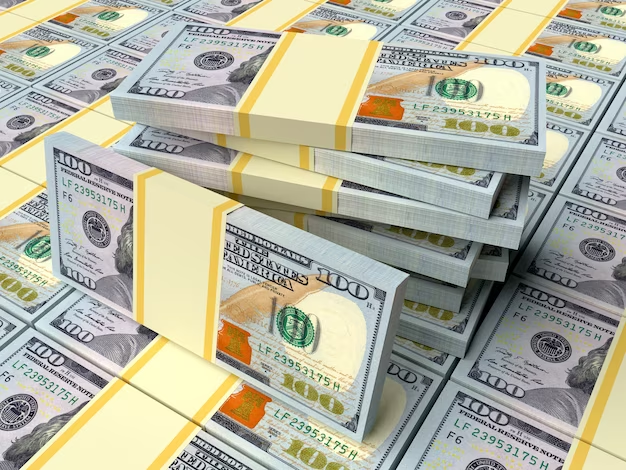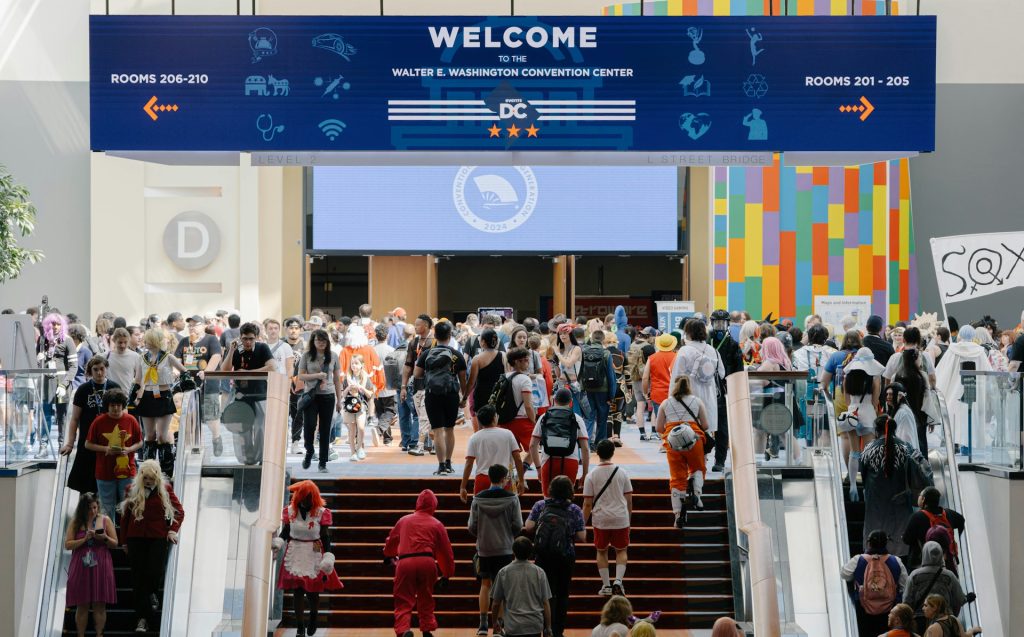Nothing is what it seems: the images revolution in events

Share news
Listen
Virtual reality is a tool to take into account the creative in devising an event, because it can involve achieving the main objective of agencies and clients: success, ie, no breath, no one is think of going to the toilet … to be remembered.
But let an overview of what´s what:
Augmented reality (AR): Introduced a little over a year, we see it more and more at events and promotional campaigns. The idea: to combine a live image with other recorded or computer generated and projected on the screen assembly. Result: The screen represents an interesting combination of reality with the virtual world. For example, you can see on the screen and the speaker (real, live on stage) carrying an object (fictional) in your hand, very realistic. The RA can enrich or “increase” that reality. A clear opportunity for product launches and presentations.
A video camera, a monitor and a PC with the license of RA are sufficient to provide an experience that makes a difference and surprise. But there´s a challenge: the host has to put in a very precise position and move your hands too so accurate, so that the image is added correctly to your own. To do this, they usually put a few specific points on the stage, but mostly do many tests for proper coordination. We must be careful, failure is easy …
Holograms: Can you imagine sitting next to someone who actually is thousands of miles or watch the conference from someone who was imparting earlier? Holograms, born many years ago, today reached a very decent level of realism. The band Gorillaz have used this technology in concert with Madonna (do not miss the video on Youtube) and, if not we are facing a total realism, began to dream about it.
This optical effect ensures to our brain perceives the image as a figure floating, and can improve a lot if complemented with interactivity, such as when the hologram speaks. How it works Holographic screens Rear projection screens are “invisible” (transparency between 80% and 98%), which are placed inclined to create the relief effect. The images have to be pre-recorded, edited and sent to a system of two high definition projectors that project the 3D image without special glasses.
3D: you do not need to explain the effect of 3D, it´s the cinematographic revolution of the moment, which has already reached the world of television and timidly starts to enter in events. The stereoscopic image can highlight the message and maximize its impact. The 3D captures people´s attention and gives an image of prestige, but above all provides a more realistic dimension to communication. Despite its growing presence in films and its clear advantages, the visual effect is still less used in events because of its high cost and its need of a rather complex process.












